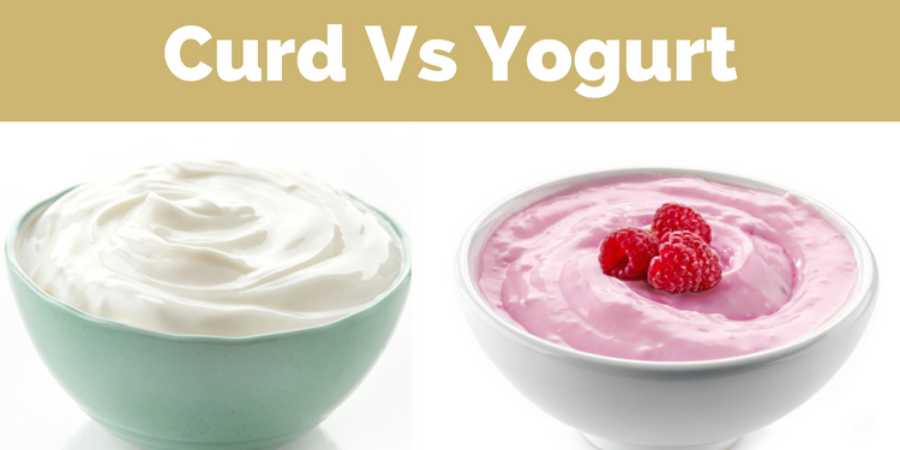

You're not the only one who has wondered what the distinction is between yoghurt and curd you're not alone. Despite their similar appearance and taste, many people wonder if there's any distinction between these two dairy products. So, let's clear the air once and for all – yoghurt and curd are essentially the same thing.
a.Texture and Consistency:
Yogurt tends to have a smoother, creamier texture due to the fermentation process, which breaks down proteins and sugars in the milk. It is often consumed as a standalone snack or used in cooking and baking.
Curd has a somewhat gritty texture in the milk and a thicker consistency. Depending on the type of milk used and the preparation technique, curd can have a variety of textures.
b. Taste and Flavor:
Yogurt has a tangy and slightly sour taste, which is a result of the fermentation process and the presence of lactic acid-producing bacteria. Some yogurts may also have a hint of sweetness, depending on added ingredients such as fruit or sugar.
Curd, on the other hand, tastes less strong. The flavour of curd varies according on the type of milk used and the length of fermentation. It has a little tanginess and is pleasant.
c. Nutritional Content:
Yogurt is known for its probiotic content, which consists of beneficial bacteria that support gut health and digestion. These live cultures are formed during the fermentation process and can contribute to a healthy microbial balance in the gut.
Curd also contains probiotics, although the bacterial strains may differ from those found in yogurt. Additionally, curd is rich in calcium, which is essential for bone health, as well as protein, which is important for muscle growth and repair.
d.Cultural Significance:
In Western nations, yoghurt is commonly eaten for breakfast, as a snack, or as a component in sauces, smoothies, and dips.
Indian curd is used as a side dish, condiment, or dessert, among other uses. It is an essential component in Indian cooking. It is frequently combined with bread or rice and used to make Indian meals like kadhi, lassi, and raita.
Both yoghurt and curd are dairy products created from milk, but they are not the same in terms of how they are formed, how they taste, how they are made, how much nutrition they contain, or how important they are to different cultures. Whether you want your curd more tart and refreshing or creamy and smooth, both provide distinct flavours and health advantages.


